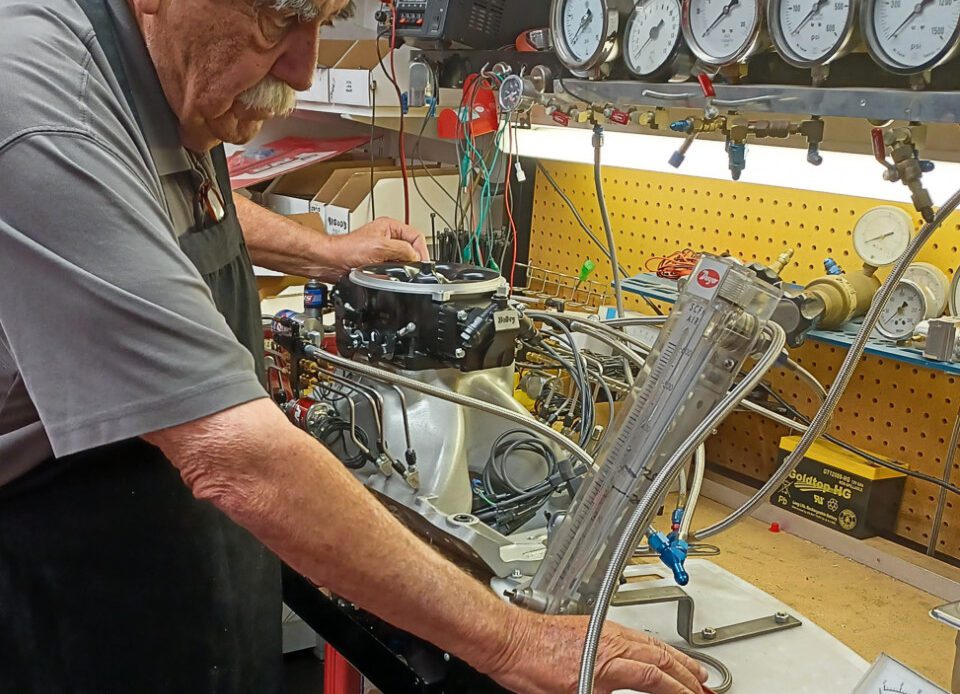It’s generally acknowledged that, dollar-for-dollar, the best investment in performance enhancement is a nitrous oxide system. Basic kits for both carbureted and electronically fuel-injected engines are available for under $400. More sophisticated setups are available that can add 500-plus horsepower to an engine that’s built to handle the increase. But how does any of this translate to bracket racing success?
For input on the subject, we turned to none other than Mike Thermos, who founded NOS back in the late 1970s, sold it to Holley in 2000, and has operated a new firm, Nitrous Supply, since 2004. Known as the “Godfather of Pro Mod,” he brings over 45 years of nitrous experience to the table. Also contributing to this article is Steve Brulé, Westech Performance Group’s dyno tuner extraordinaire and co-host of the highly informative “Engine Masters” show on Motortrend TV.
Nitrous 101
According to Thermos, “Nitrous oxide is kind of a ‘cheap date’ as you can get a lot of performance from a minimal investment. Think of a 150-shot of nitrous as providing the benefits of adding 100 cubic inches of displacement to the engine. And picking up a few seconds in elapsed time is fun, to be sure.” There can also be monetary advantages in advancing to a quicker bracket at some tracks.

A basic plate kit for 4-barrel carbs is popular with e.t. bracket racers. They can provide up to 175 extra horsepower and are available for under $400. EFI kits are also available.
Winning in bracket racing, of course, boils down to consistency. And the key to success with nitrous — or any normally aspirated or power-adder motor for that matter— is vigilant tuning. To be sure, there are many bracket racers who win with nitrous.
Nitrous oxide enhances performance in two ways; it cools the air/fuel mixture by some 60 degrees, which contributes to increased combustion efficiency, plus — more importantly — the oxygen molecules released from the nitrous (along with added fuel) provide even more power. After conducting numerous analyses Brulé says, “A good rule of thumb is that for every 10 degrees you cool the air/fuel mixture temperature, it increases power by about 1 percent. However, the air inlet temperature will vary depending on the amount of nitrous.”
Can you get too much of a good thing? According to Brulé, “We’ve found that using a nitrous system that adds approximately 40 percent to an engine’s normally aspirated output won’t…
Click Here to Read the Full Original Article at DragzineDragzine…

